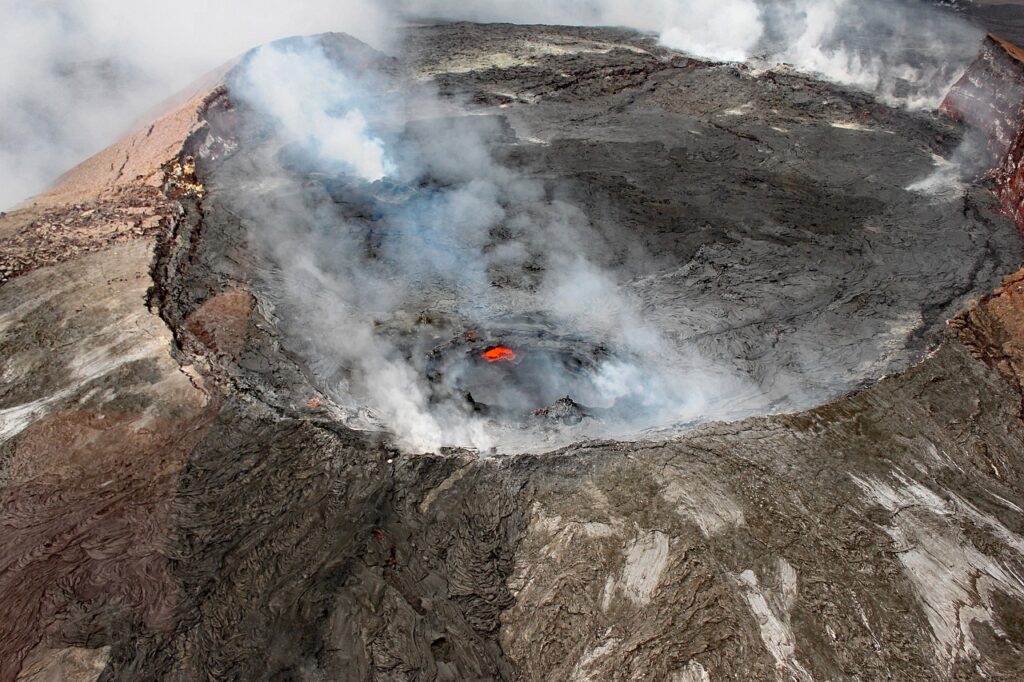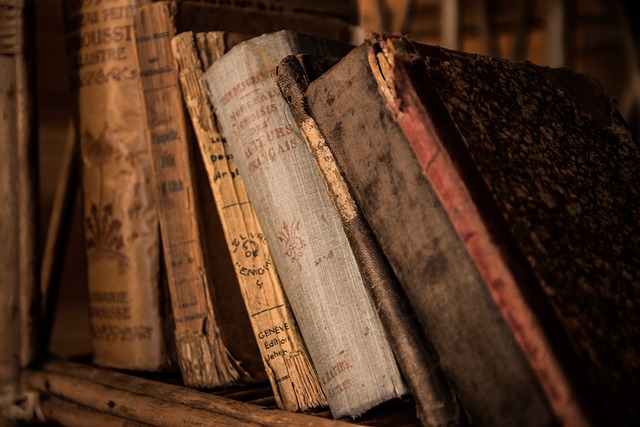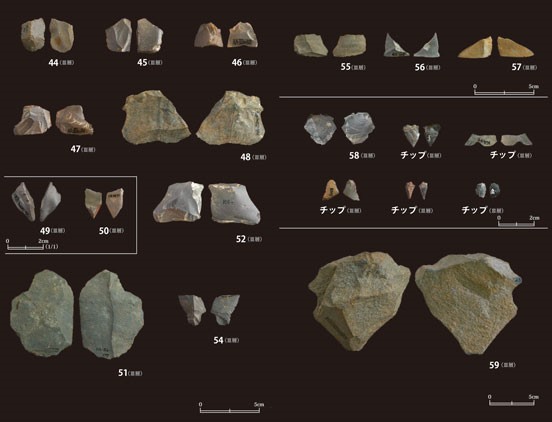Jomon period : circa 14,000 BC~ 3rd-5th century BC
During the last glacial period, from about 13,000 to 10,000 years ago, the climate changed so rapidly and severely in such a short period of time that cold and warm periods were interchanged within a few hundred years.
Until then, coniferous forests covered the archipelago, but deciduous broad-leaved forests increased and spread.
Jomon period was the Neolithic period, begins at the end of the glacial period. Of particular note is the rise in sea level, with sea level in the archipelago rising by approximately 120 meters between the last glacial period and 6,000 years ago. This is known as the Jomon sea advance(縄文海進).
Jomon period spans 10 000 years. During that time, many civilizations and countries rose and fell on the Eurasian continent, but in the Far Eastern archipelago, time passed slowly.
Jomon means rope pattern. The name of Jomon derives from the fact that earthenware with a rope pattern has been excavated.
The oldest earthenware in Japan is approximately 16,000 years old. It was excavated in Aomori Prefecture.
There was also an earthenware culture in the Far East region of the continent. The world’s oldest earthenware is thought to have appeared in East Asia around the same time.
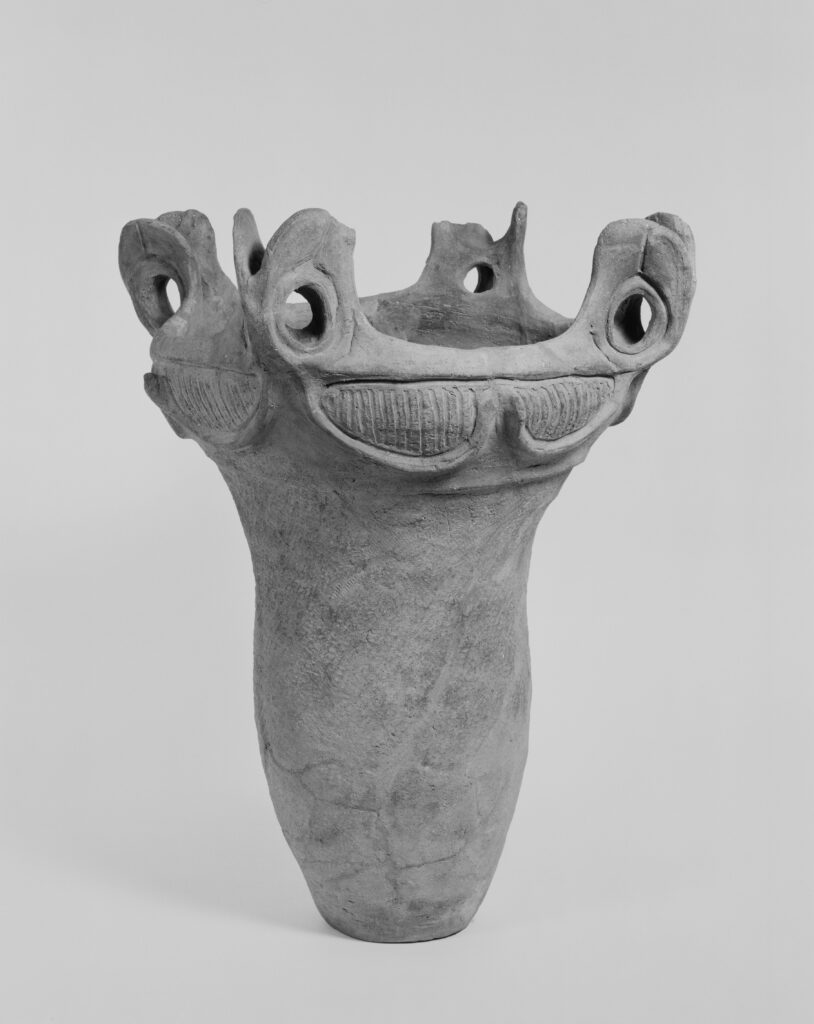
3000BC-2000BC
Source : the Nara National Museum
There is a submarine volcano 50 km west of Yakushima called the Kikai Caldera.
It erupted about 7,300 years ago, destroying the western half of the Japanese archipelago, which was the center of the Jomon period at the time. From then on, the center shifted to the eastern half.
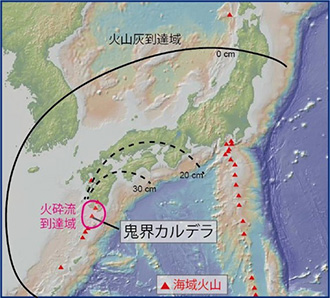
Kikai(鬼界) Caldera : The red line indicates the area where pyroclastic flows reached the caldera. The black line indicates the ash reach area and thickness of the ash fall.
Source : https://www.jamstec.go.jp/
